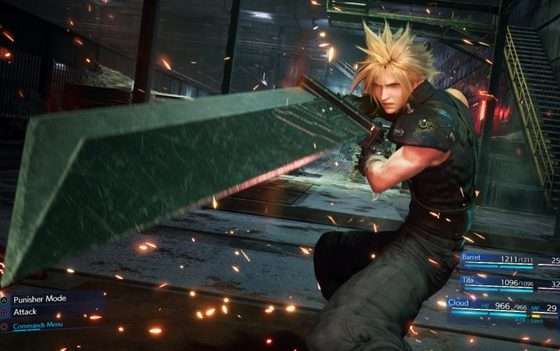Micro-transactions – purchases you make within a game – are here to stay.
But are they simply a natural evolution of the digital gaming marketplace or an evil source of revenue that preys on psychological tendencies and ‘paying to win’?
They’re both, and more.

The MTs that seem to get the most negative attention are those in games such as the wildly popular Candy Crush; free-to-download title that relies on a business model of forcing players to wait behind paywalls and hoping they’d rather pay a small fee for instant gratification.
These games aim to teach the player that their time is worth money. There’s only a limited amount of play before the player is forced to wait, but just like night clubs in films, a small payment will allow you to skip the wait.
This might seem annoying or unfair but the game was free to begin with, and if developers don’t make money they’ll stop making games, because they’ve starved to death….or gotten another job to eat happily ever after.
But these payments have a shady feel about them.
It’s because you’re never able to get away from this business model. You can’t simply pay $20 or more to unlock the game in its entirety. The makers of Candy Crush and the others would much rather leave the door open for whales (AKA customers who purchase far beyond the average). Because of the addictive nature of the game and psychological manipulation of the users, Candy Crush and its peers have become the most profitable in the world.
So how can publishers implement these types of micro-transactions without leaving bad micro tastes in our mouths?.

If a game is released for free and we’ve already decided that hungry developers need money to eat than of course there should be pieces of the game a user can purchase. A great example from an entirely different era is the first DOOM. It was released as shareware for free-to-very-little and allowed gamers to try out the first level. If they wanted more they could purchase the rest of the game. This functioned as a demo and if publishers had a great game on their hands it made sense to get it into as many gamers hands as possible and rely on them coming back for the full experience. I’m loving the current trend of demo-like alphas and betas that give gamers hands-on experience with the option to pre-order the rest if it they’d like to experience more.

DLC that provides additional content/levels has been around for years and has now become standard for most AAA titles. Big publishers are pushing hard to sell a Season’s Pass to DLC that doesn’t even exist yet! This practice in particular feels like such an unecessary risk that I’m constantly surprised gamers buy into. Why not wait until you can judge the value of it?
Pay to Win
This has been added to the long list of four-letter-words in the industry. Games by their nature are a test of skill and to tip the odds in favor of a player who has spent more is obviously awful.
Hearthstone has been accused of this although Blizzard tends to get an easy ride from gamers compared to their peers at EA for example.
Hearthstone is a free-to-start digital collectable card game using cards that players acquire from playing the game and opening packs that cost either real-world currency or in-game Gold.
With an epic amount of play you could theoreticaly unlock just about everything you need to put together the most competitive decks, but the amount of time it takes makes paying for a pack or Adventure more appealing. Your time=money and Blizzard is counting on you seeing it that way.
There are two parts of this equation that rub some gamers the wrong way.
Firstly, the newest cards are often undeniably better than the cards in previous sets. Losing competitive games because they have better cards than you is very frustrating.


Secondly, once you have invested the time and/or money to acquire those better cards you only have a certain amount of time (roughly a year) before those sets are rotated out and new ones with even better cards are available for purchase. Blizzard’s strategy has been to relegate the older decks into their ‘Wild’ format and keep only the newest and core sets for ‘Standard’.
Technically the older cards still have value this way but many gamers that exclusively play Ranked Standard feel that investment is lost.
If the newest cards were roughly the same power and only offered a different flavor of gameplay this wouldn’t be a concern, but when they continually ramp up the power of new sets it becomes an issue.
We’re just getting started with micro-transactions and the next decade or so will be fascinating to watch. With a digital marketplace, streaming, and hard drive technology constantly improving there will be a constant evolution of how gamers pay for games.
All we ask is that it’s fair.
Thoughts?







